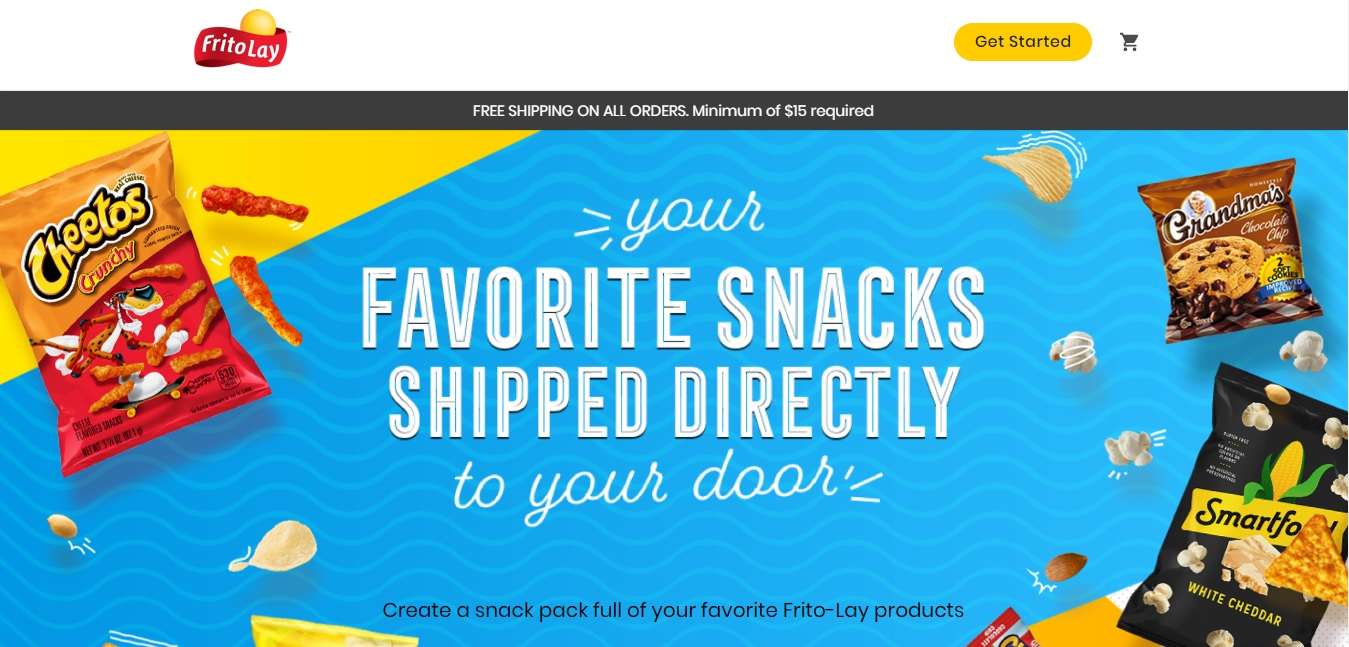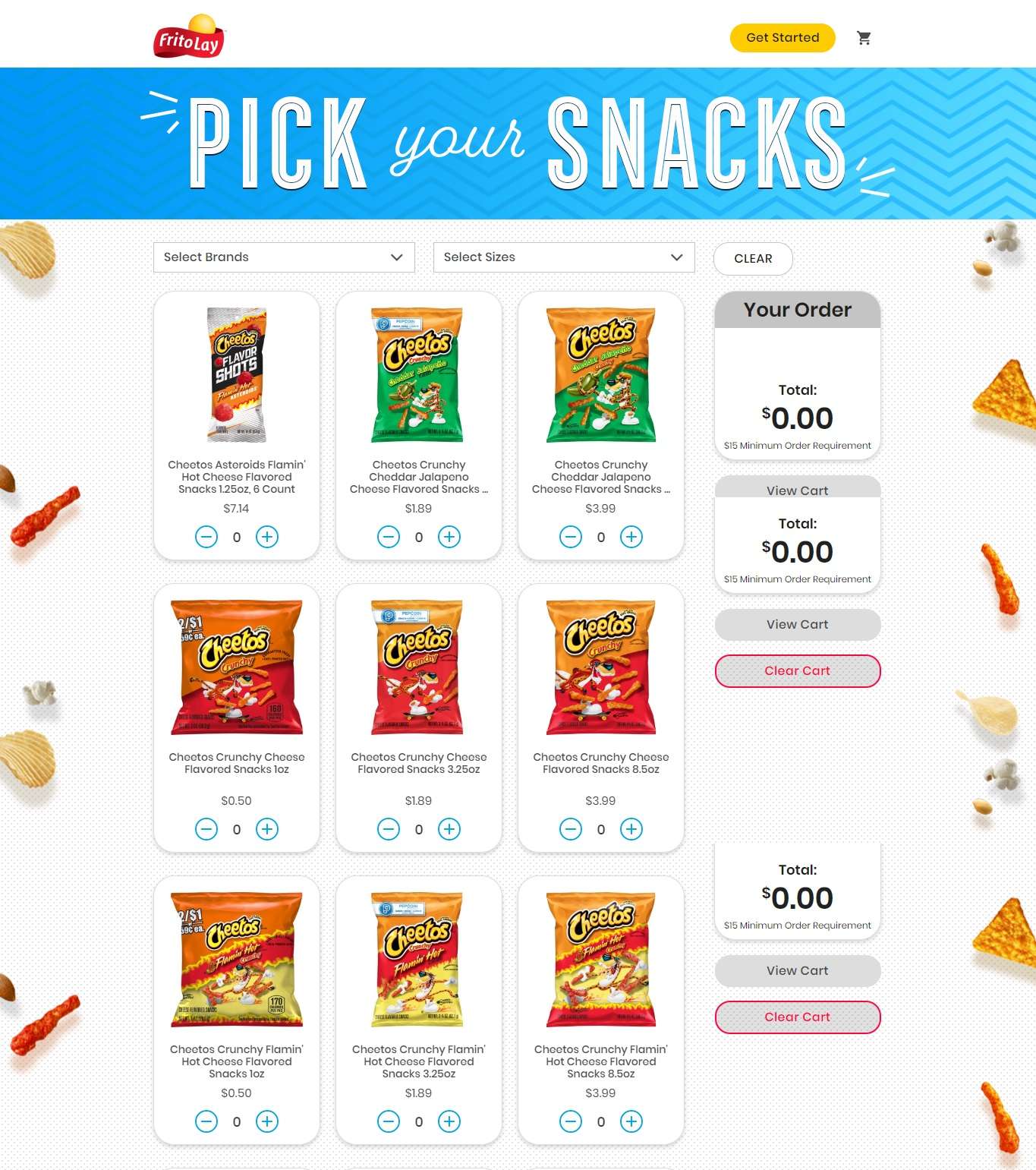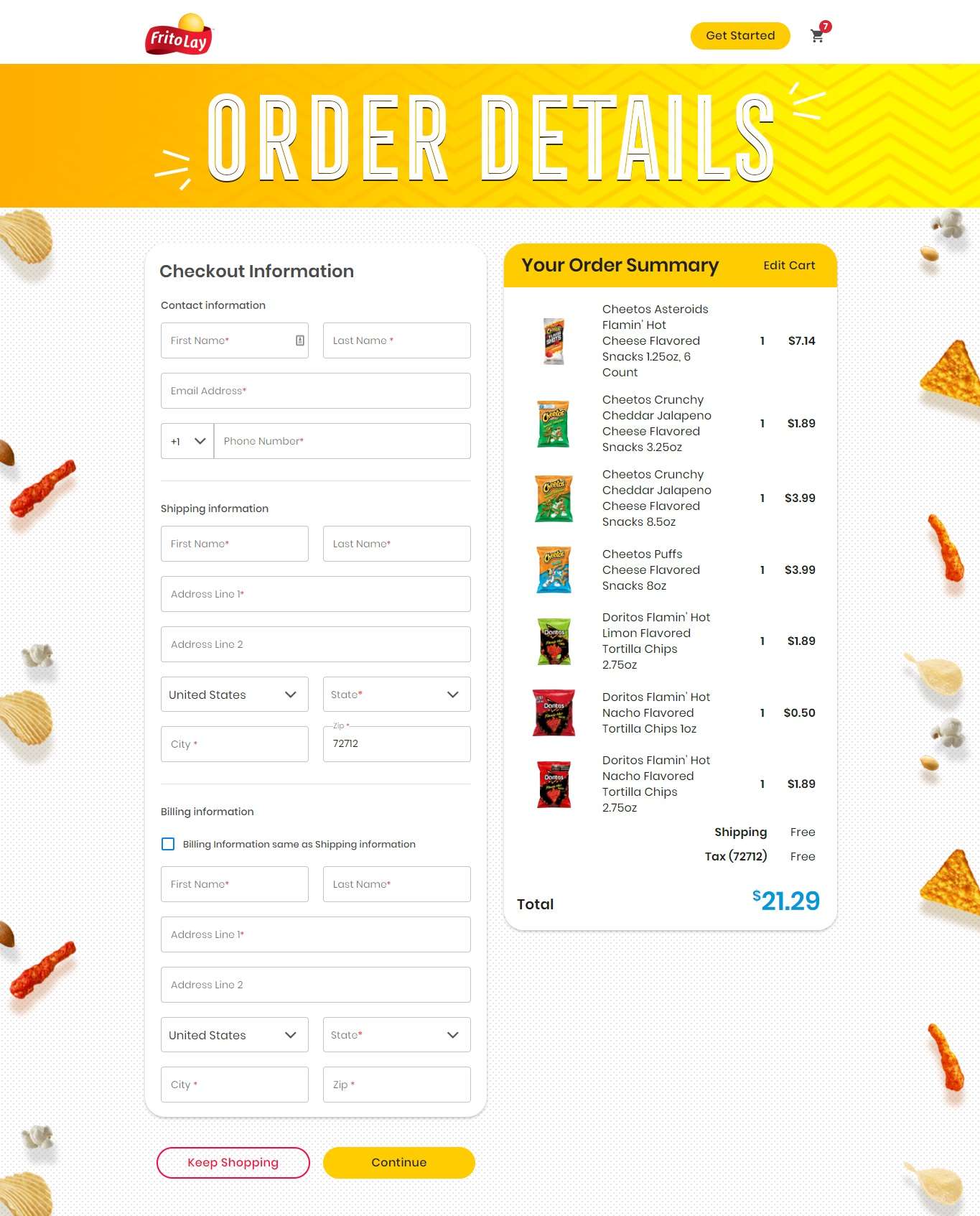The pressure to break into eCommerce has been growing for years. With Amazon's meteoric rise to power, ever-shifting online consumer presence, and most recently, Walmart's ascendancy in the space, there has never been a more important time to jump in.
Yet, one key channel has been avoided by larger CPG firms: Direct-to-Consumer (DTC). Most major CPG and food companies have strayed away from making DTC a major marketing channel, despite the enormous opportunity due in large part to "trade relations" concerns. P&G, for example, abandoned their cross-category P&G eStore/P&G Shop initiative in lieu of pursuing more narrow DTC brand additions to their portfolio and Unilever has taken a similar approach with Dollar Shave Club and others.
Today, inspired by a shaky environment for traditional retail, the tide seems to be turning. With the most recent announcement from Frito-Lay (now owned by PepsiCo), we now have two new direct to consumer websites: Snacks.com and Pantryshop.com. Ignoring the fact that purchasing snacks.com must have been one of the most expensive domain acquisitions ever, allegedly this entire project was completed from concept to release in less than thirty days, which is faster than it takes me to give up on a new year's resolution.
Some of you might be wondering why this matters. It’s just another way to purchase, right? Wrong! With this move, Frito-Lay now has a fully owned brand experience and another way to reach their loyals. They can capture consumer data, addresses, tendencies, preferences, and learnings that could have never been gained through in-store sales. Frito-Lay’s media team now has the ability to map media spend to direct to consumer sales, something most shopper marketers would kill for.
Seeing as this is a bold move for Frito-Lay, we decided to test drive Snacks.com to see what the experience is like.
The Homepage: Three Easy Steps

Starting with the landing page, PepsiCo/FritoLay opted to lay out the simplicity of the service, calling their 3 step process "Pick, Place, Enjoy". This strategic messaging reflects Frito-Lay’s desire for a simple and easy to understand DTC experience, and they execute on that idea well.
Shopping Experience: Who Needs an “Add to Cart” Button?

Next, you move on to the selection process. Notice the distinct lack of traditional "Add to Cart" buttons. Instead, the user is presented with only plus and minus buttons. Your cart updates on the left, showing your current order as well as the total price while you shop. While distinctly different than the Amazon approach, which only shows the number of items in the cart, Walmart shoppers will feel at home as this mirrors the online grocery experience. The "immediate response" offered here makes it fun and rewarding to shop.
Checkout: What You Wish Every Checkout Experience Was Like

They take a no-frills approach to check out and it's delivered in one page. There are no coupons, and the only info you need to enter is an email, shipping address, and billing information. As of May 18 (5 days after ordering), I have not received any marketing communication. It remains to be seen how Frito-Lay will utilize those emails in the future. Maybe they figure I haven't finished my snacks yet.
Fulfillment: Fast Shipping and One Really Big Box
A large box from Frito-Lay showed up in just under two days, complete with free shipping. My order consisted of just five bags of chips, which came in a 2-foot wide box. Of course, it weighed next to nothing.
Despite coming all the way from the Frito-Lay plant in Macon, Georgia, almost all the chips arrived undamaged and unbroken. It seems the air within the chip bags acts as natural protection in this category. We believe they are using their plants as fulfillment centers for their DTC business. The large package brings two things into question, though:
What are the shipping costs and do the item economics work?
How does Frito-Lay plan to offset the large environmental waste from these massive cardboard boxes?
Final Thoughts
Before we dive into the future, let's take a step back and analyze why it took a global pandemic for Frito-Lay to launch a direct to consumer site.
Retailer Relationships: For companies like Frito-Lay, where Walmart (for example) could easily be more than 1/3 of their total sales, to openly declare you want to sell directly to the shopper might not go over well, especially if you have issues supplying that business in any way. For many suppliers, this fear of angering their retail partners is where the conversation stops.
Direct to Consumer marketing comes with new challenges: A DTC site is uncharted territory for many CPG brands. How will you manage consumer data? How will you collect sales tax? How will you handle returns? Do you have sufficient in-house ability to measure and analyze results? And the list of questions goes on.
Covid-19 Made Demand for Snacks Surge: Frito-Lay saw a huge increase in demand for digital orders after the World Health Organization declared the pandemic. A YouGov survey showed a 35% increase in the number of Americans to purchase their iconic Lay’s chips.
The implications of Frito-Lay’s decision will be long-lasting and sweeping. In the wake of this move and changing conditions, we expect to see many brands, especially those already in the retail space, dipping their toes into the DTC marketing waters for the first time
There are many brands that could have the scale, consumer interest, and capability to follow Frito-Lay's lead. As we move into summer, for example, we'd love to see Ben & Jerry's scoop the summer season with frozen fulfillment of "Chocolate Therapy" to major markets.
Is DTC right for your brand? If you're wondering, we'd love to help you answer that question. Please book a free consultation with our team of experts!




